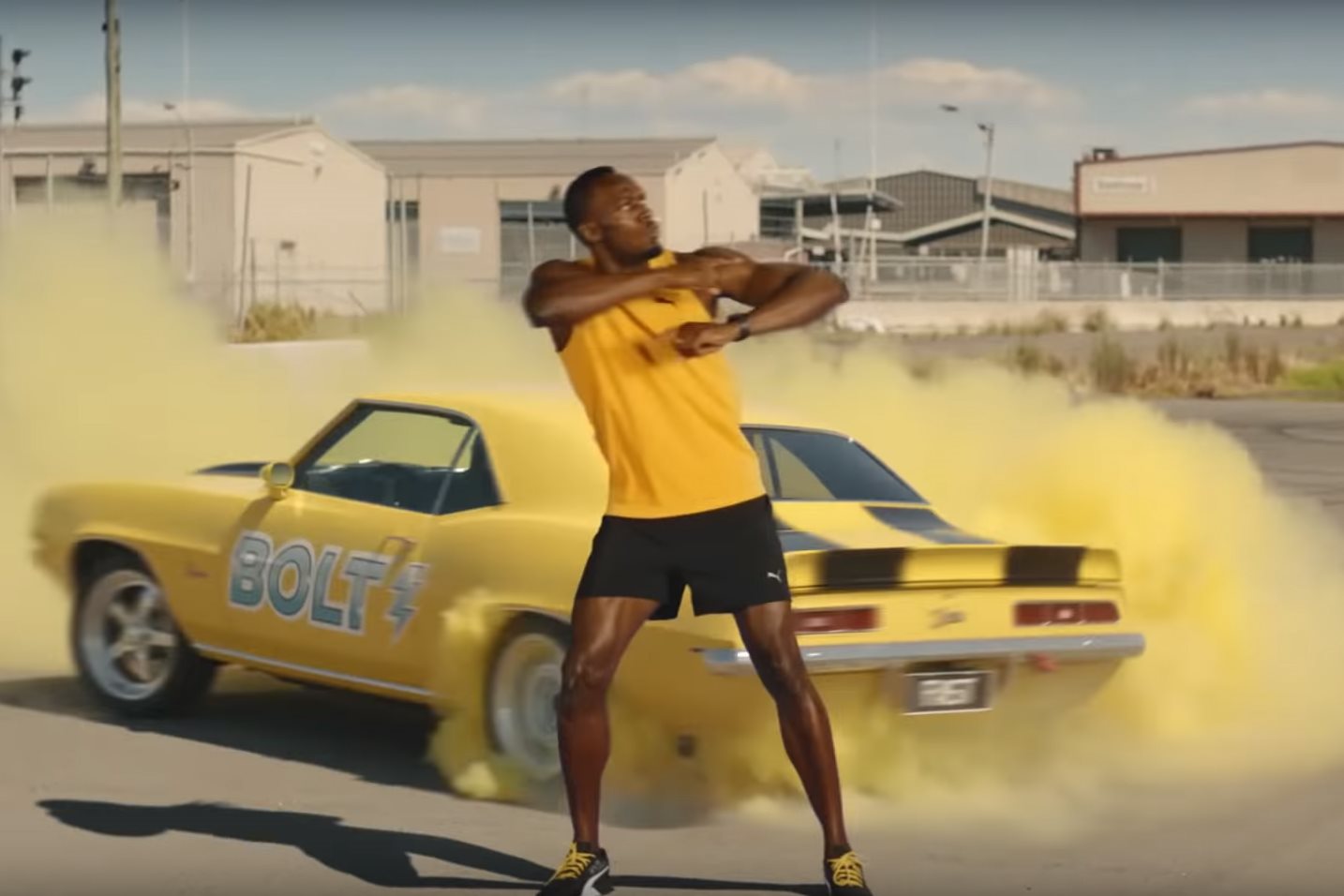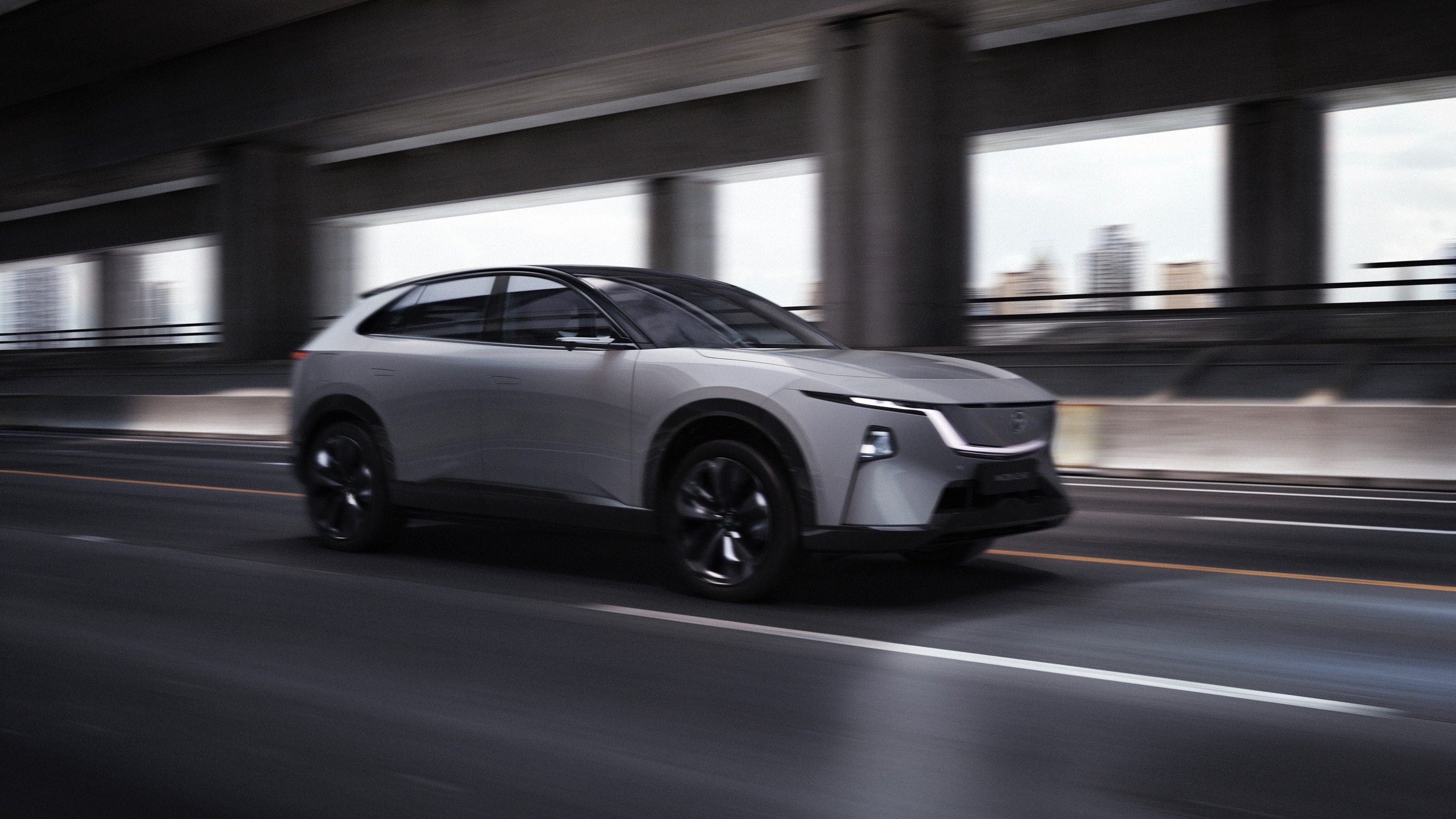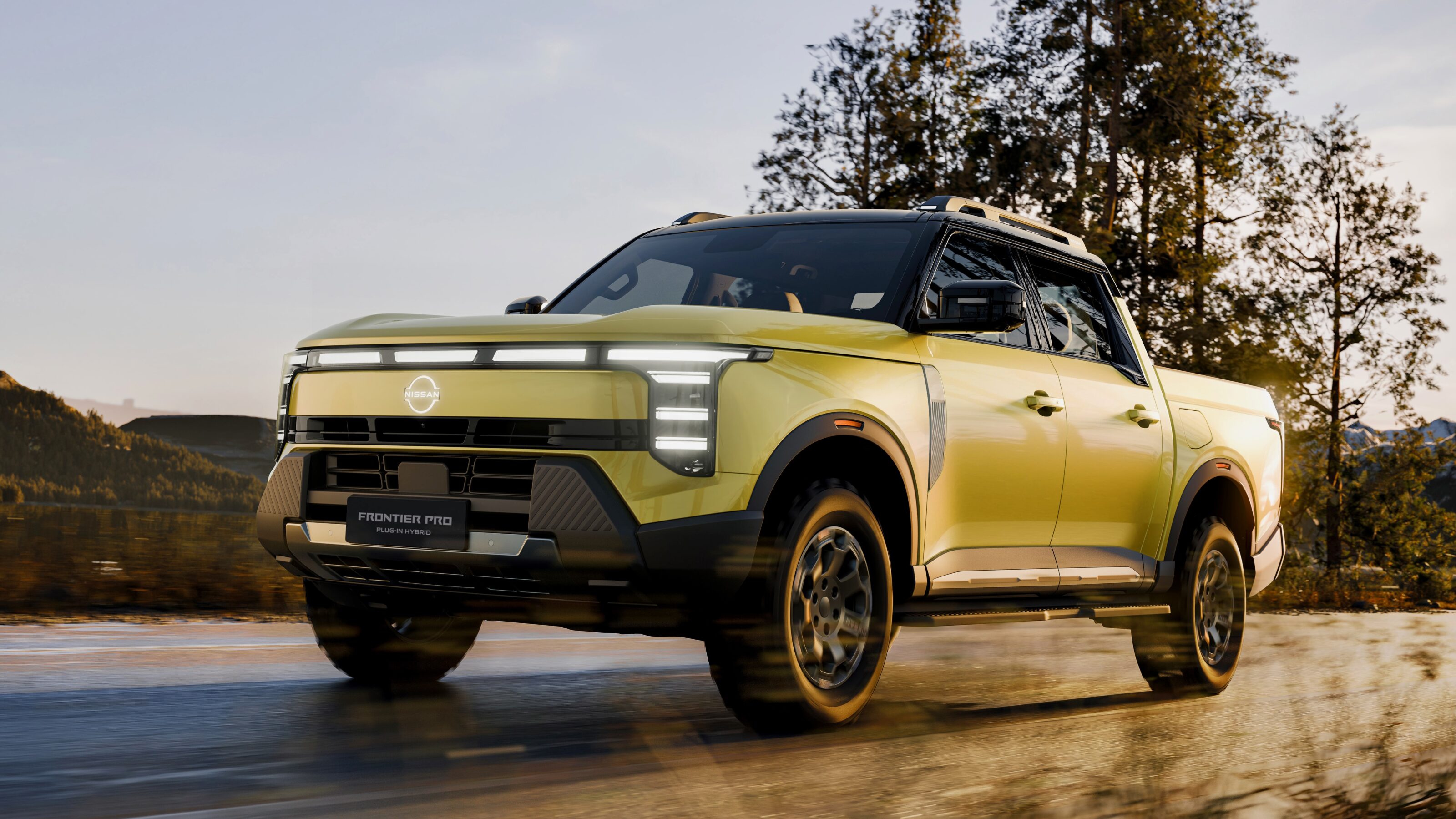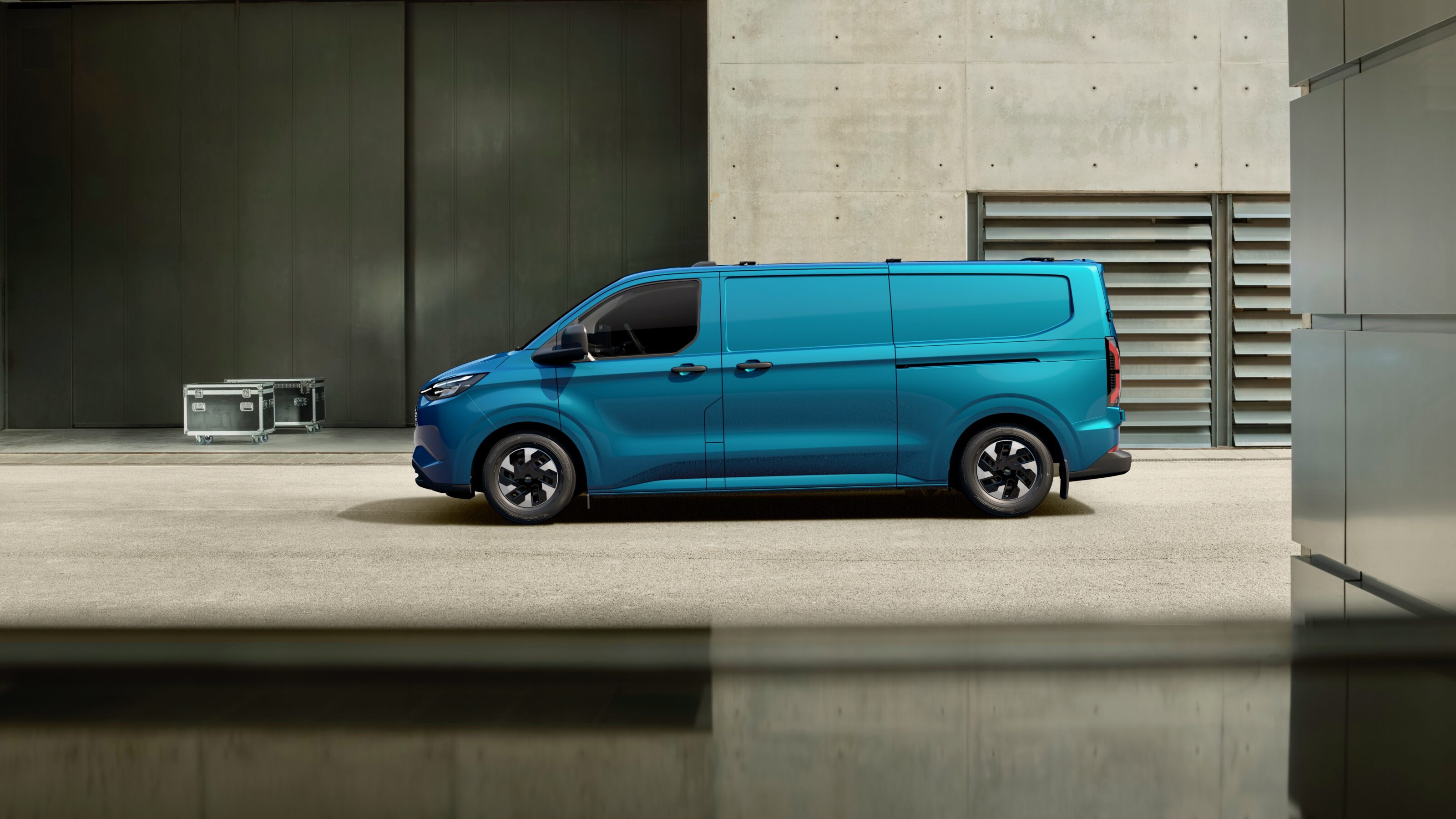Usain Bolt stands in the middle of the street, striking a pose as a bright yellow Chevrolet Camaro is superimposed behind him doing a burnout.
If a car company had used a similar tactic to advertise one of its vehicles, Australia’s Ad Standards agency would have banned the commercial swiftly.
However, since it is advertising phones, the tyre-frying action is given a green light.
Currently all car manufacturers that advertise in Australia adhere to a voluntary set of guidelines from the industry lobby group, the Federal Chamber of Automotive Industries (FCAI).
The voluntary code bans the depiction of unsafe driving in ads, and heavily restricts the kind of images that can be portrayed.
Other advertisers are not held to the same standard, even if they use vehicles in their ads.
It’s a double standard that Jaguar would like to see rectified in Australia, according to its General Manager for Communications and Public Relations, Tim Krieger.
“I think there should be consistency, because at the end of the day, what is portrayed in one category should be aligned with what is going on in another category,” he told Wheels.
“I think some consistency would be helpful in the space. Being reckless for a car ad or a phone company or whatever else is still a vehicle being shown in a way that could influence the way people think about a certain product.”
The double standard was clearly depicted last year when the aforementioned ad from Optus was cleared of any wrongdoing by the industry watchdog.
While he would like to see car manufacturers and other industries on a level playing field, Krieger doesn’t have an issue with the high standard set out by the voluntary code.
“All manufacturers have to be responsible with how they portray their product,” he said.
“For us, it is very important for how the brand is perceived, and to not be perceived as reckless.
“We feel that [the current regulations] are appropriate. In terms of our brand, and how we try to portray the brand, it is very much from the premium level. It’s not just about pure performance, it’s about a package and how the brand is perceived.”
However, there is growing discontent among members of the car community that current regulations are a ‘nanny state gone mad’. Illustrating this point is a Lexus ad that was pulled from television screens after it referred to the LC 500 as a “beast”, while Toyota fell afoul of the watchdog when a LandCruiser was depicted driving through floodwater, and Holden was slapped on the wrist for not properly fixing a recovery chain in a TV spot.
Recently Volkswagen has taken aim at the constant complaints, with an advertising campaign for the Amarok dual-cab ute that focused on just how much they couldn’t show you on television. However, even this parody, which used scale models to represent ‘fake’ shots, was pulled from TV.

“Considering it was a bit tongue-in-cheek, that ruling was pretty interesting,” he said.
Krieger explained that to ensure Jaguar remained on the right side of the watchdog, it always cleared any campaigns it had doubts about with Ad Standards before the ads went to air.
“We haven’t had any problems with the regulators with any of the campaigns we have done. For us, it hasn’t been an issue,” he said.
“Any instances where we feel like we might be challenged [by a complaint], we will talk to the Ad Standards authorities about that and get a ruling on those issues up front.
“That won’t stop people complaining, but at least once there are complaints, we have flagged it up front and have a ruling either way.”






